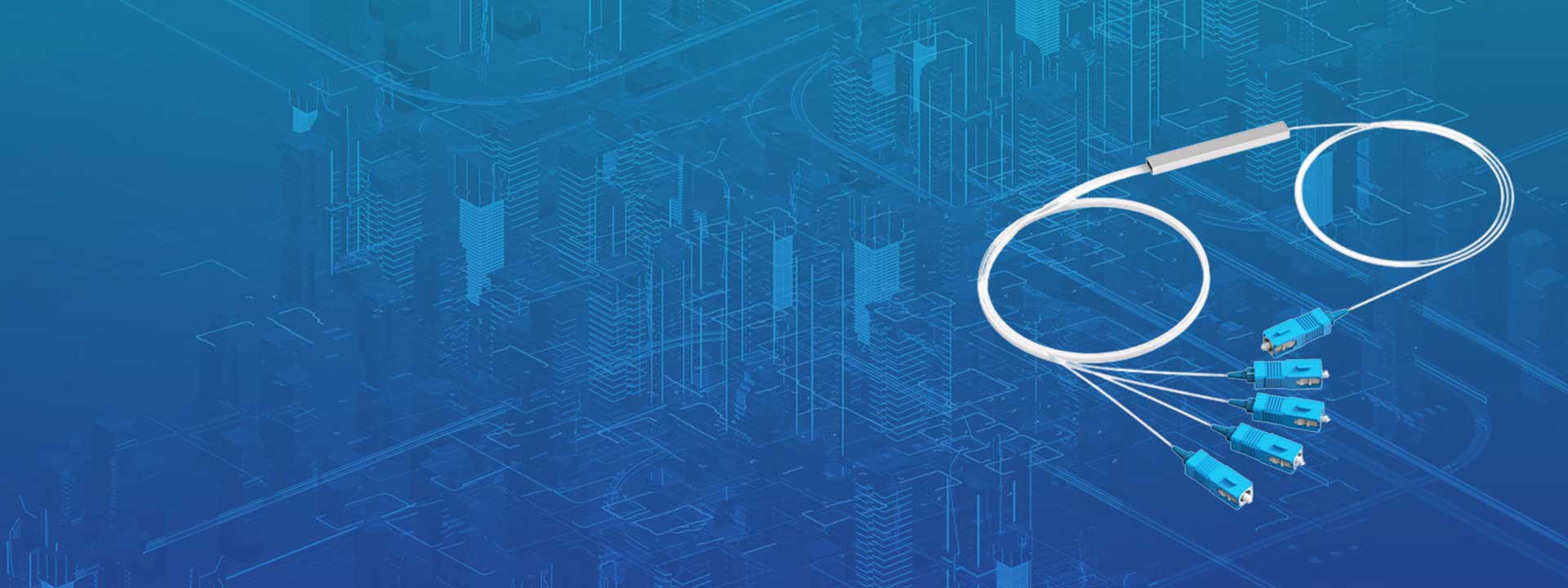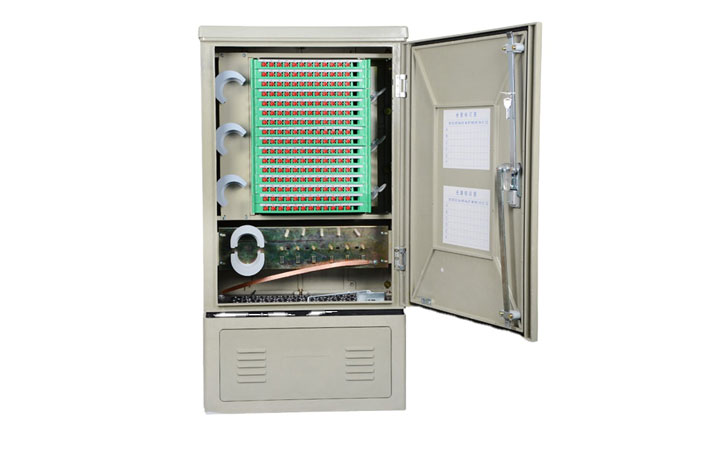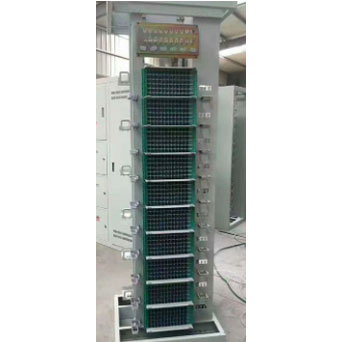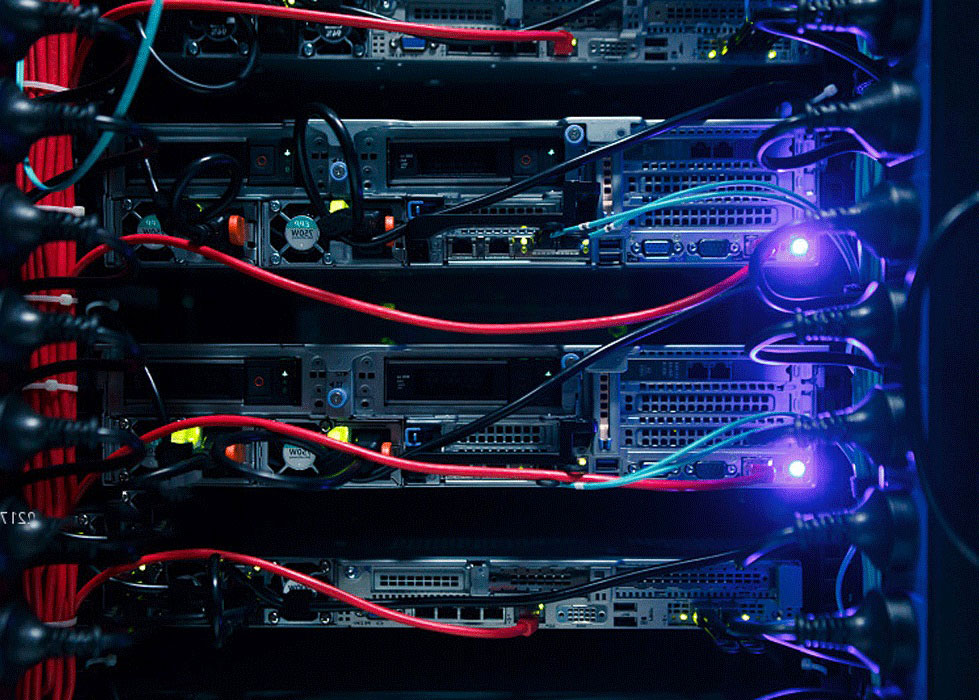Different Types of Fiber Distribution Cabinets for Sale
FDCs come in different types and sizes, depending on their capacity and intended use. Here are some of the most common types of FDCs: Indoor FDCs, outdoor FDCs, wall-mounted FDCs, pole-mounted FDCs and rack-mounted FDCs. the type of FDC needed will depend on the specific requirements of the fiber optic network, including the number of customers to be served, the location of the FDC, and the type of installation.
Application of Fiber Distribution Cabinet
A fiber distribution cabinet (FDC) is an important component of a fiber optic network infrastructure. It is typically used to connect multiple optical fibers from the outside plant to the inside equipment of a building or data center. Here are some specific applications of FDCs:
Centralized fiber distribution: An FDC can be used as a central point for distributing fiber optic cables to different parts of a building or campus. The cabinet can house multiple optical splitters, allowing one incoming fiber to be split into multiple fibers to serve different areas or departments.
Protection and management of fiber connections: FDCs are designed to protect fiber optic cables and connections from environmental factors such as dust, moisture, and temperature fluctuations. They also provide a central location for managing and organizing fiber connections, making it easier to troubleshoot issues and perform maintenance.
Facilitating fiber-to-the-home (FTTH) services: FDCs can be used to bring fiber connectivity directly to individual homes or businesses. In this case, an FDC would be installed in a neighbourhood or on a street, and individual fibers would be run from the cabinet to each home or business.
Support for wireless networks: FDCs can also be used in conjunction with wireless networks, such as those using small cell technology. In this scenario, fiber optic cables would be run to the small cell site, where the FDC would be used to distribute the fiber connections to the wireless equipment.
Overall, FDCs play a critical role in the deployment and management of fiber optic networks, enabling high-speed data transmission and connectivity.

 EN
EN









